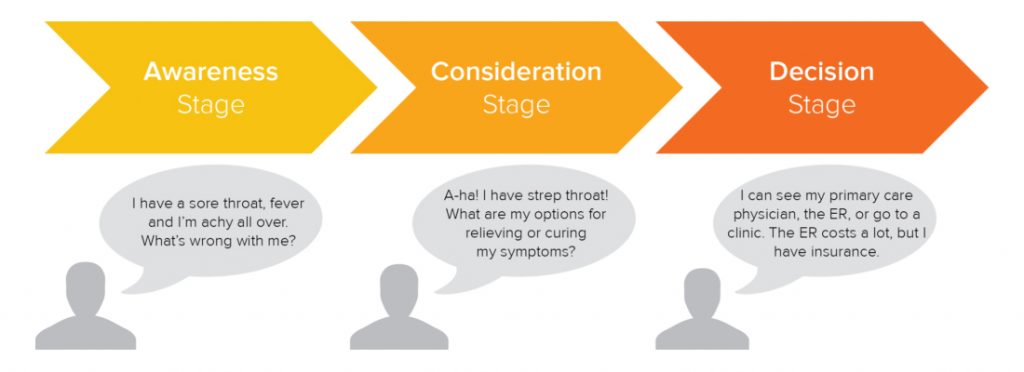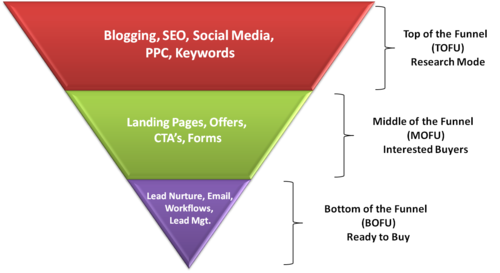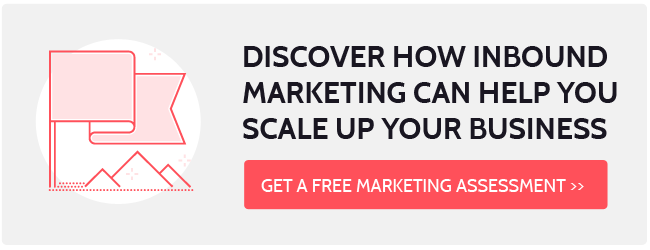This past fall, Facebook decided that it was time to change the advertising game with the update of Facebook Messenger Ads. You might jump to the opinion that this ad type will only work best with the more ‘techy’ audiences, or larger companies with a big social media presence, etc. But let’s look at this single statistic:
There are over 1 billion Facebook Messenger users. One. Billion.
All of your potential leads? They’re all on Facebook.
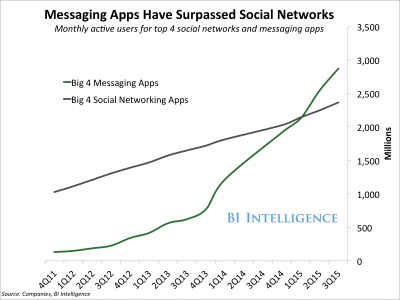
This chart from Business Insider is mind-blowing. At the beginning of 2015, monthly usage of the top four messaging apps surpassed usage of the top four social networks.
Anyone Can Benefit From Facebook Messenger Ads
With the right resources, any business can benefit from Facebook Messenger Ads.
Here’s another quick stat for you: by the middle of 2015, the monthly usage of the top four messaging apps had surpassed the usage of the top four social media networks.
But let’s take a step back from the numbers. Instead, let’s look at the basic facts of business growth. When it comes to marketing, businesses should join the conversation as a possible resource as early in the game as possible.
Facebook Messenger allows us to enter that conversation much sooner. Your business can be present in the early stages when the customer is still forming opinions and educating themselves. It allows for the ability to be extremely reactive as a business, and hyper aware of the customer’s journey.
So how do Facebook Messenger ads even work? Great question. Let’s take a look.
Facebook Messenger as a Destination
Also known as Destination Ads, Messenger Ads hang out in your leads’ newsfeeds and are seen on both desktop and mobile views. One click and your potential consumers are then taken to a Facebook message to communicate directly with you/your bot.
The advertisement itself looks like any normal Facebook ad, but the exciting new advantage here is the option to start a conversation. Instead of a ‘call to action,’ consider it to be a “call to conversation.”
For many people, this may actually be very appealing. Often when people are searching for solutions or answers to questions, they would rather connect directly with you/your company. Otherwise they are clicking on a hyperlink and are taken away to another website, left searching for the answers to their questions.
The options are open when creating the ad, with the ability to select options like interests, behaviors, different custom audiences and so on.
Destination Ads: Audiences to Target
Facebook Messenger Destination Ads can be a great option when it comes to retargeting an audience. It gives the unique opportunity for people to ask the questions that may be holding them back from actually purchasing your product.
Yet another audience to consider are the potential customers that haven’t even heard of your company or solution. Overall, a Destination Ad can help to build awareness around what you have to offer. It allows for a sales conversation to be had at the choice of your potential lead. Running an ad with the right question could potentially prompt a quality conversation, leading to the gain of new customers more quickly.
Sponsored Messages
This is the second option for Facebook Messenger Ads, and while it holds more restrictions than the Destination Ads, it has a huge amount of potential.
With this type of ad, a sponsored message is no longer in the newsfeed but is actually sent to the Facebook Messenger inbox. The main difference here is that a conversation/ad can only be sent to someone who your company already has an “open, existing conversation” with. In other words, the lead needs to reach out to you first.
Ad options that can be sent within messenger include opportunities such as sending your lead a special offer, a new product, a free PDF, or even to a new destination (your company’s web page, etc.).
As a company you are charged by impressions; whether or not a customer opens the message. However, there is also the option to use and/or build your own chatbot with this method, which then personally builds a list of subscribers that you can message your advertisement to. The advantage to this is that bots are typically charged on a per month basis, versus a CPM basis with Facebook.
A disadvantage to note with sponsored messages is that the user does have the option to block you from sending messages.
Facebook Messenger and Chatbots
Facebook actually does a great job of walking you through the process of creating your Sponsored Message or Ad – check out the Facebook Business page for a very detailed how-to. However, in order to maximize your investment in Facebook Messenger Advertising, you’re most likely going to need a chatbot.

Currently, there is a wide variety of affordable bots out there that offer very high value (at a low price), when it comes to a campaign with Facebook Messenger. If it’s within your budget, there is also the option to create your own bot for a fairly affordable sum, even without basic coding knowledge. All it takes is a little bit of help from the internet.
More Business Advantages
Another advantage to using Facebook Messenger for advertising is the ability to incorporate the messenger option into your own website. The ad can lead to your landing page, or the ‘thank you’ page, or both.
This feature is a great way to prompt your buyers with the option to receive messages on Facebook Messenger. Information Regarding shipping updates, purchase confirmations, etc. A perk to this is that if customers do choose to use Messenger as their preferred form of communication, they are then adding themselves to your list of future leads who can receive message advertisements on Facebook down the line. Specific messages could then be sent to this audience around relevant upsells, cross-sells, or free resources.
Messengers are the Way of the Future
Let’s be honest; as time goes on, consumers are becoming less and less tolerant to interruptive, time-consuming forms of communication. The more simple, the better. Messengers are continuing to become the most essential form of communication due to the quick responsiveness and ease of use.
We will leave you with this: Facebook has reported that more than one in two people say they are more likely to shop with a business that they can message, and 67% of people expect to message businesses more within the next two years.
Will you get on board with Facebook Messenger Ads? Don’t get left behind.

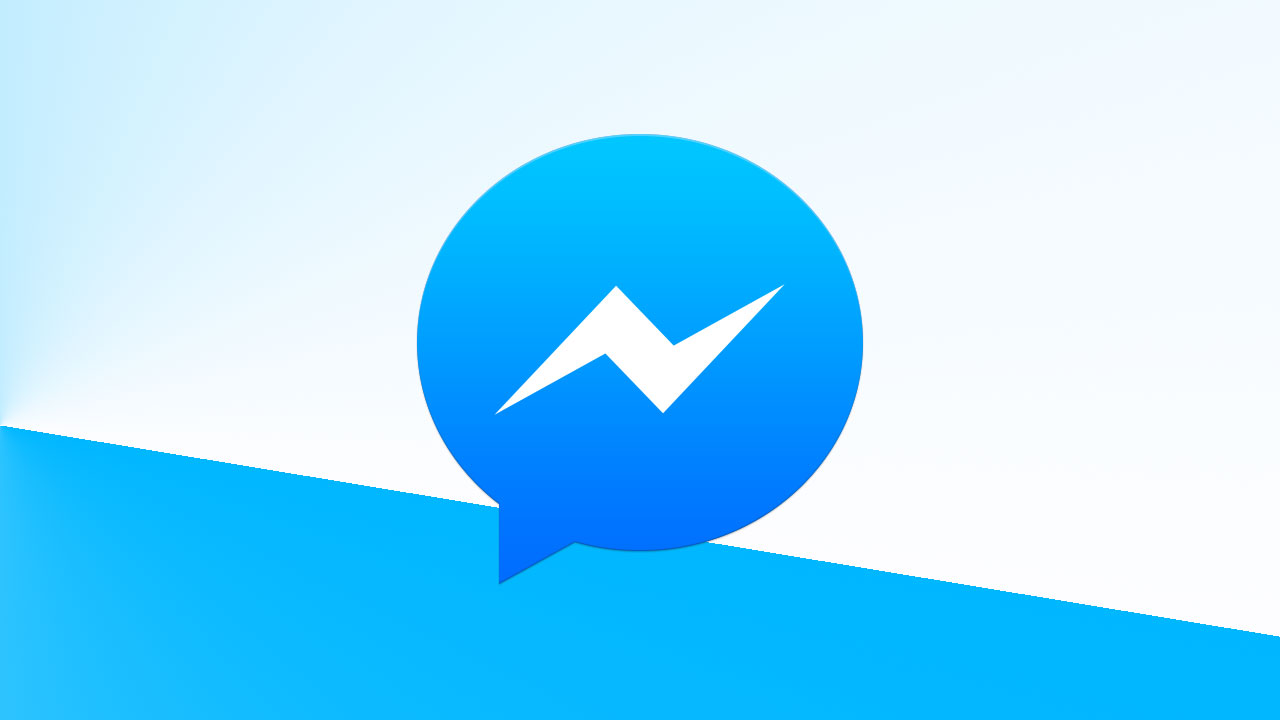


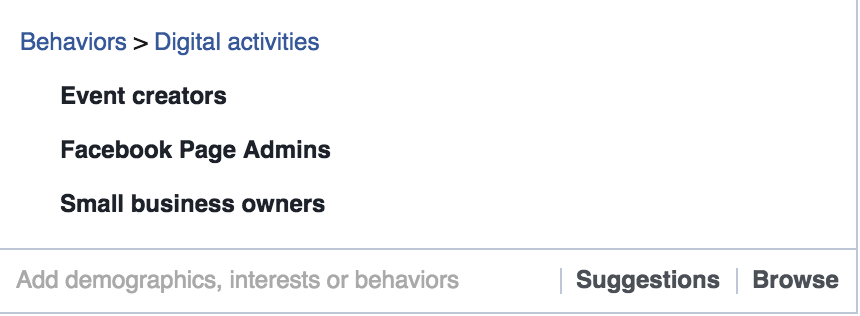

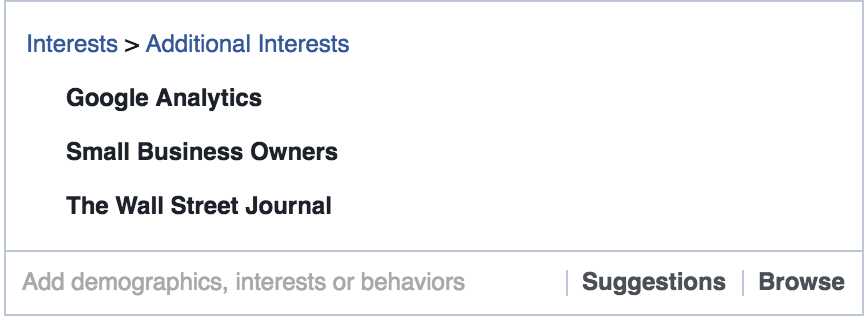
 > Download our free guide for more tips on lead generation for your company.”/>
> Download our free guide for more tips on lead generation for your company.”/>